Ritmos e Rituais: A Música Tradicional da África and Its Cultural Significance
African traditional music is rich with diverse rhythms and rituals that reflect the continent’s cultural heritage. These musical expressions serve not only as entertainment but also as vital components of social and spiritual life. From communal celebrations to rites of passage, each rhythm tells a story and connects generations.
In many African cultures, music plays a crucial role in storytelling and preserving history. Instruments like the djembe and kora are not just tools; they are vessels of cultural identity, often used to convey values, beliefs, and communal experiences. Each region has unique styles and practices, showcasing the continent’s vast musical landscape.
Exploring African traditional music reveals its profound impact on both local communities and the global music scene. Listeners can appreciate how these rhythms and rituals contribute to a greater understanding of African traditions and the connections they foster among people. Discovering this musical world invites a deeper appreciation for the artistry and significance behind the sounds.
Historical Context of Traditional African Music
Traditional African music has roots that extend back thousands of years. It played a crucial role in social functions, ceremonies, and communal gatherings.
Each region of Africa developed its unique musical styles influenced by local cultures, traditions, and languages. For example:
- West African Music: Known for complex rhythms and instruments like the djembe and kora.
- East African Music: Features vocal harmonies and the use of mbira and marimba.
- Southern African Music: Incorporates elements of storytelling with instruments like the guitar and harmonica.
Music in Africa has often been a medium for storytelling, preserving history and traditions. It served to transmit knowledge from one generation to the next.
The arrival of colonialism profoundly impacted the musical landscape. It introduced new instruments and styles, leading to the blending of indigenous music with Western influences.
Post-colonial periods revived traditional music as a form of identity and cultural pride. Musicians began to fuse traditional elements with contemporary genres, creating hybrid forms.
Initiatives to document and preserve traditional music have emerged since the mid-20th century. These efforts aim to keep the rich heritage alive in an ever-changing world.
Regional Diversity in African Music
African music displays a remarkable diversity that reflects the continent’s rich cultural tapestry. Each region has developed unique musical expressions influenced by historical developments, social structures, and geographical factors.
West African Musical Traditions
West Africa boasts vibrant musical traditions characterized by the use of complex rhythms and diverse instrumentation. Instruments such as the djembe, kora, and balafon are common, often played in social settings and ceremonies. The region is known for its wealth of oral traditions and storytelling, where music serves to convey history and cultural values.
Genres like highlife and Afrobeats have gained global recognition, blending traditional sounds with modern influences. Festivals in countries like Mali and Ghana showcase these styles, attracting local and international audiences who celebrate their unique cultural identities.
East African Rhythms and Rituals
East Africa is marked by a variety of musical styles, with notable influences from traditional and modern genres. Countries like Kenya and Tanzania feature distinct instruments such as the oud and the marimba. These instruments create rhythmic layers that often accompany dance, enhancing communal celebrations and rituals.
In Ethiopia, unique scales and polyrhythms define local music, integrating both vocal and instrumental elements. The incorporation of cultural narratives in the music fosters a deep sense of community engagement. Dance is integral, with performances often accompanied by elaborate movements that reflect the music’s storytelling aspect.
Central African Melodic Heritage
Central Africa is renowned for its rich melodic heritage, particularly in the use of vocal harmonies. The region is home to unique instruments like the likembe (thumb piano) and various forms of traditional drums. Music here often serves spiritual purposes, connecting individuals to their ancestors and the broader community.
Styles such as soukous and makossa, originating from the Democratic Republic of the Congo, showcase infectious rhythms that have influenced global music. The blend of traditional and modern sounds exemplifies the dynamic nature of Central African music, which continues to evolve while preserving its cultural roots.
Southern African Music Practices
Southern Africa presents a diverse musical landscape, reflecting a mix of indigenous and global influences. The region is famous for its unique vocal styles, particularly in the use of call-and-response patterns. Instruments like the guitar and mbira play vital roles in various music forms, from folk traditions to contemporary genres.
Genres such as kwaito and mbaqanga fuse traditional sounds with urban influences, contributing to a vibrant local music scene. High-profile events like the Cape Town International Jazz Festival spotlight this diversity, presenting a platform for artists to showcase their regional sounds and styles.
Northern African Sounds
Northern Africa’s music is deeply intertwined with its Arabic heritage, often featuring a blend of traditional and contemporary elements. Instruments such as the qanun and darbouka create distinctive sounds that characterize regional music, with influences from Berber, Arabic, and sub-Saharan traditions.
Genres like rai and chaabi reflect social themes and cultural narratives, often addressing issues relevant to the community. Music festivals across countries like Morocco and Algeria celebrate this rich musical lineage, highlighting the intricate rhythms and improvisational nature of the region’s artistry.
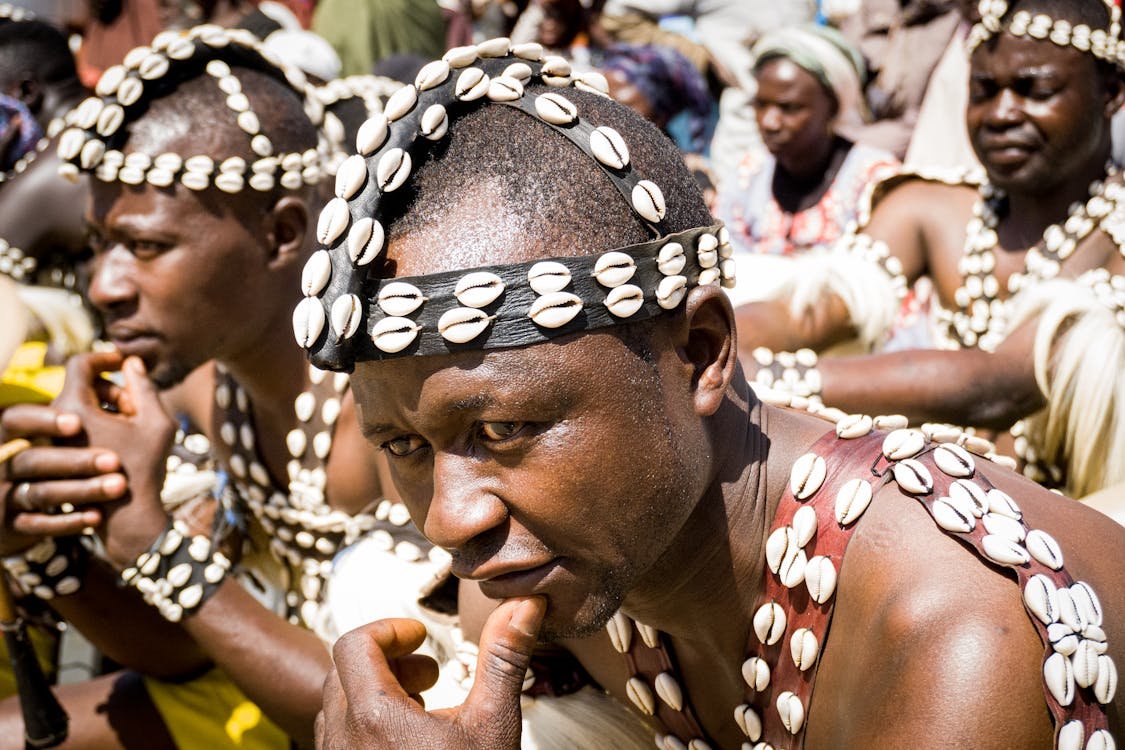
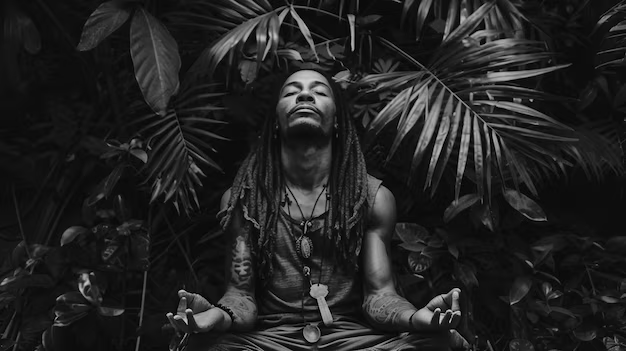
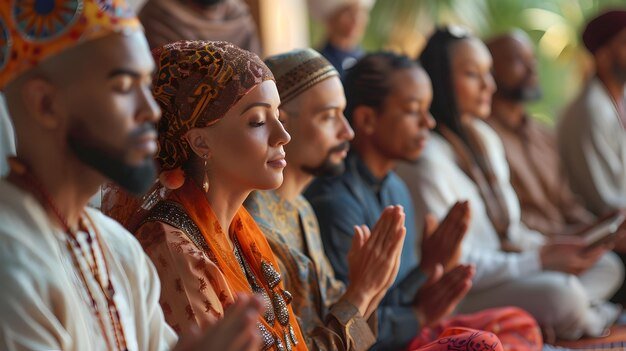
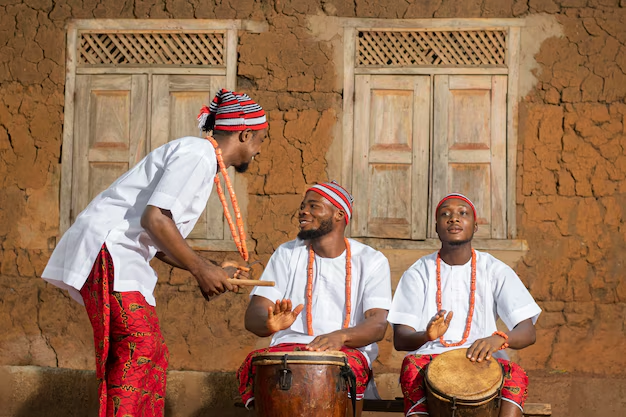



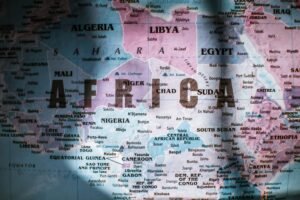
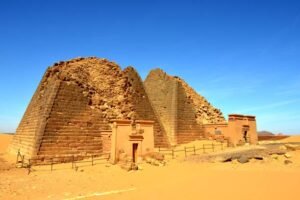
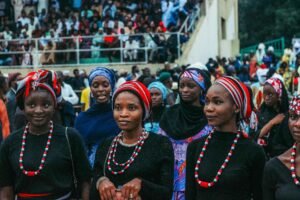




Publicar comentário